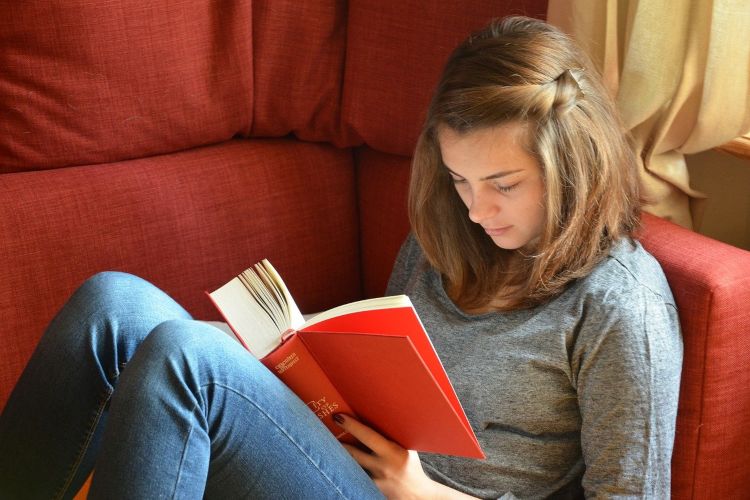The materials have been designed for a non-specialist readership and all of the themes are of wide interest. The readings are meant to cover topics relevant to candidates who will be enrolled in postgraduate or undergraduate programmes. A glossary is supplied if there are any technical terms in the text that you may not be familiar with. Throughout the paper, the texts and questions become progressively tough.
The reading component of the IELTS exam might provide you with significant benefits in the form of high marks. So, honestly prepare for it by going over the passage on early communication devices, reading the answers, and trying to come up with great responses to the questions.
Also Read: Animals are in Danger of Extinction IELTS: Best IELTS Writing Preparation from IELTS Ninja
Early Telecommunications Devices Reading Answers
The instructions are straightforward, and you’ll be given examples of any unknown question kinds. Texts and questions are displayed on a question paper that you can write on but not remove from the testing room.
During the 60 minutes, you must answer all questions on an Answer Sheet; there is no opportunity at the end to move your responses to an answer sheet. Depending on the question type, some questions may appear before a passage and some may appear after.
Types of Questions: IELTS Exam Preparation
During the test, you must fill out an answer sheet with all of the questions. There is no time left to input the scores at the end. The following are examples of the types of questions you can expect to see on the exam:
#short-answer questions
#multiple choice
#sentence completion
#summary/notes/flow chart/diagram/table completion
#choosing a heading for a paragraph
#identification of author’s or spoken claims/views – yes, no or not given
#the identification of information – true, false or not given
#classification
#matching phrases/lists.
IELTS Exam Preparation: Question 1
Fill in the blanks in the table. For each answer, use less than three words from the reading material.
Fill in the blanks on your response sheet with your answers.
|
|
|
|
|
|
|
|
|
|
|
|
|
|
|
|
|
|
Also Read: History of Bicycle Reading Answers: Let’s Prepare for the IELTS Reading Answers!
IELTS Exam Preparation: Question 2
Take a look at the innovators and firms listed below. Assign each inventor to a company that used his or her technology. If the reading passage has no information, select E.
Fill in boxes 6-10 on your response sheet with the corresponding letters A-E.
|
|
|
|
IELTS Exam Preparation: Question 3
Solve the following questions in no more than three words. Fill in the blanks 11-14 on your answer sheet with your answers.
11) Name one reason why Cooke and Wheatstone’s invention was not as successful as Morse’s.
12) In what type of location did Western Union typically offer its telegraph services?
13) What sort of information was Reis’s original invention able to send?
14) What device did Alexander Graham Bell try but fail to invent?
IELTS Reading Answers
Question 1:
| Cooke and Wheatstone | Telephone |
| Western Union Company | (The)harmonic telegraph |
| Reis |
Question 2:
| C | D |
| A | B |
| E |
Question 3:
| Awkward to use | Musical tones |
| Rail Stations | Harmonic telegraph |
Conclusion
By this time, we hope you have a good understanding of how to respond to the questions, which will help you prepare for the IELTS exam. The IELTS tips and methods that can make the difference between a band 5 and a band 8/9!
Many of them have endured the test of time, and they all have one thing in common: logic. Some of these pointers may seem self-evident, but the remainder has the potential to revolutionise your IELTS game. Having said that, do what makes you feel at ease. So, join IELTS Ninja right now and start reading IELTS preparation material.
Also Read: The Birth of Writing Reading Answers: Here’s the IELTS Reading Passage To Prepare For IELTS!










